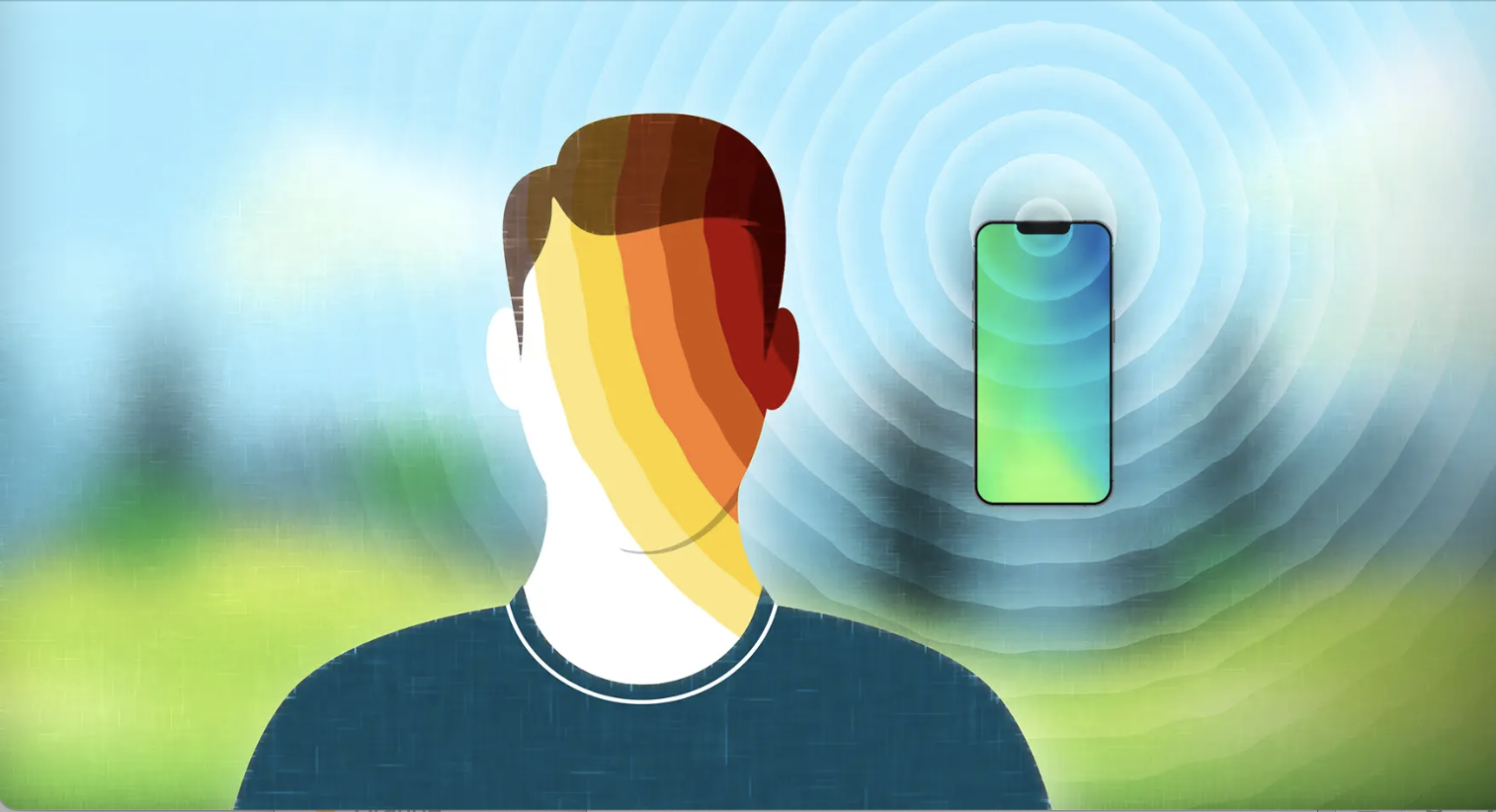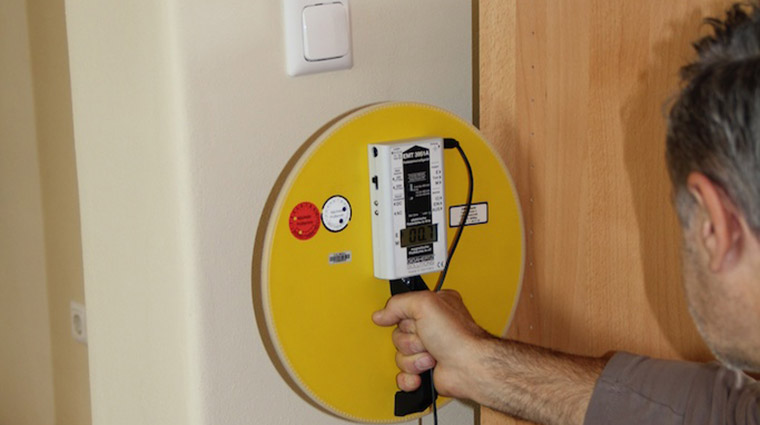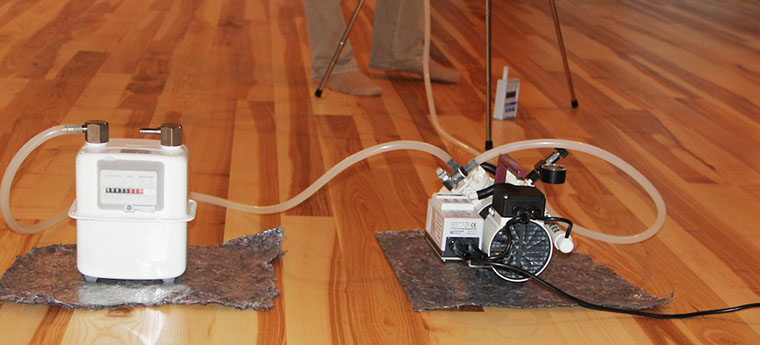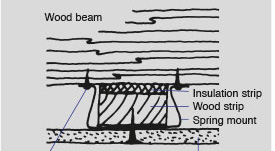
Life on Earth is maintained by the presence of various types of radiation. Light and heat from the sun travel in the form of radiation down to the earth. Throughout their evolution, living organisms have adapted to the natural background radiation; they are in natural balance with their environment. Today this balance is in serious danger, as in so many other areas as well.
Among other factors, exposure to significant levels of artificial electric and magnetic fields as well as radioactive radiation can cause such imbalances. Humans, as well as animals and plants, respond very differently to these exposures. In building biology and its building biology testing methods, nature is the ultimate guide. It is recommended that the exposure to artificial electromagnetic fields and changes in the natural background radiation are best avoided or at least reduced. There are also naturally occurring phenomena that can make people sick such as geological disturbances (e.g. underground watercourses, faults). It is important to also monitor those exposures and to avoid them.

This course module primarily completes the previous course module on “Electromagnetic Radiation,” providing practical information on how to best avoid or reduce exposure to electromagnetic fields and radio frequency radiation. In this context, it is also important to know how the public power grid works and how electricity from renewable energy sources can be used.

Today we are exposed to a cocktail of toxic chemicals – not only at home. To build, renovate, and live in a healthy manner, sound knowledge is essential. And to avoid adverse health effects and environmental destruction from air pollutants, they must be identified, verified, and properly removed or at least reduced to a tolerable level. The Standard of Building Biology Testing Methods provides the necessary know-how.
Again and again some building biology professionals and articles in the literature seem to convey the impression that building biology would be exclusively about avoiding electromagnetic pollution as well as air pollutants harmful to health and the environment. As important as these subject areas are, healthy and sustainable building, renovating, and living clearly involves many more subject areas – see also all other course modules as well as the 25 Guiding Principles of Building Biology.

A healthy living space is only worth living in when you can find quiet there. Therefore, one of the 25 Principles of Building Biology states: “Protective measures against noise and vibration pollution need to be based on human needs.” The psychological component of noise is frequently underestimated: How noise is perceived depends to a great extent on a person’s current disposition, but more so even on whether a person associates something positive or negative with the source of noise (e.g. beautiful or ugly music, nice or unsympathetic neighbors, ocean surf or car noise). In addition to sound audible to the human ear, there is also inaudible infrasound, which frequently is perceived as vibration. Our knowledge about infrasound is rather slim, but affected people can frequently be driven to despair. Therefore, high-quality sound insulation in the construction of buildings is essential to a healthy living environment.